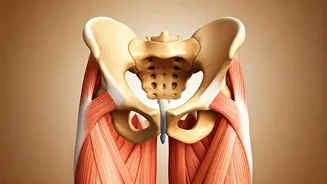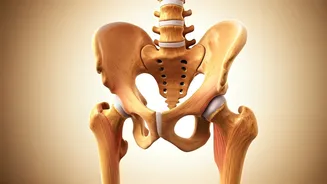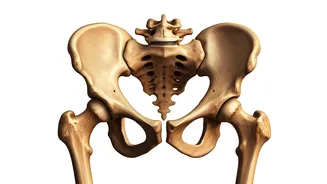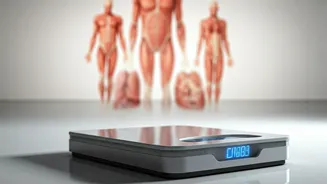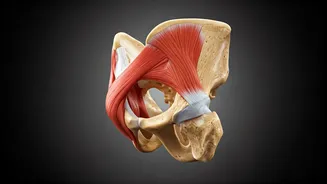Why Hip Strength Matters
The often-overlooked hip flexor muscles are crucial to our daily movements. They play a vital role in walking, running, and even sitting. When these muscles are weak
or imbalanced, it can lead to pain, reduced mobility, and even impact posture. Many people experience hip problems because of a sedentary lifestyle that involves prolonged sitting, which can cause these muscles to shorten and become tight. Strong hips are necessary for stability and balance. They support the pelvis and lower back, so strengthening them can alleviate or prevent lower back pain. Furthermore, healthy hips support athletic performance and prevent injury in various activities. By taking care of your hip flexors, you’re investing in your overall physical health, which can lead to a more active and comfortable life, reducing risks of future health issues and boosting mobility.
The Importance of Hips
Strong hips are critical to overall physical function and well-being, often playing a more significant role than people realize. They are integral to performing essential activities, such as walking, running, and even sitting comfortably for extended periods. When the muscles around the hips aren't working as they should, you can experience mobility limitations, pain, and posture issues. The hips act as a critical link between the upper and lower body and aid in maintaining balance and stability. This stability reduces the risk of falls and injuries. Moreover, the strength of your hips supports sports performance. Whether you are an athlete or a fitness enthusiast, having strong hips improves your performance and helps prevent potential injuries. Addressing the strength of your hip flexors is a wise investment in your overall health and well-being. Prioritizing these muscles supports a more active lifestyle and may contribute to preventing future problems. So, paying attention to your hips is an act of proactive self-care.
Exercise: Kneeling Hip Raises
Kneeling hip flexor raises are a simple yet effective exercise for strengthening your hip flexors. To perform the kneeling hip flexor raise, start by kneeling on one knee with your other leg extended forward, ensuring your foot is flat on the floor. Position your body so that the knee on the ground is directly beneath your hip. Gently lean forward, feeling the stretch in the hip flexor of the kneeling leg. Engage your core to stabilize your body. Keep your back straight throughout the movement. You can deepen the stretch by lightly pushing your hips forward. Ensure that you maintain control of the movement and do not arch your back. Return to the starting position slowly, focusing on controlling the hip flexor muscles. Repeat this exercise several times, then switch to the other side. This exercise improves hip mobility and strengthens the hip flexors, thereby improving your posture, enhancing your performance in various physical activities, and preventing injuries associated with weak hip flexors.
Exercise: Seated Isometric Hold
The seated hip flexor isometric hold is another great exercise. Begin by sitting upright in a chair with your feet flat on the floor. Position your back straight, and keep your core engaged. Lift one leg off the floor, keeping your knee bent at a 90-degree angle. Without allowing the leg to move, attempt to press your thigh against your hand. At the same time, resist the movement with your hand, creating an isometric contraction in the hip flexors. Hold this position for several seconds. Release and lower your leg back to the floor. Alternate between legs. This exercise develops hip flexor strength, which is important for enhancing stability in the hip region and assisting the spine. It also promotes overall movement quality and decreases the risk of injuries. By consistently performing this exercise, you'll feel better posture, and enhance athletic performance.
Exercise: Supine Hip Raises
The supine hip flexor raise is easy to perform and requires minimal equipment. Lie on your back on the floor with your knees bent and feet flat on the ground. Keeping your lower back pressed firmly against the floor, slowly lift one leg off the ground, bringing your knee towards your chest. Ensure that your other leg remains still. Slowly lower your leg back down. Remember to perform the exercise slowly and under control. Alternate between legs. The supine hip flexor raises work directly on the hip flexor muscles and are a valuable addition to your fitness routine. They improve mobility, enhance stability, and protect your back. Performing these exercises regularly will contribute to overall physical fitness. The exercises are suitable for all fitness levels. Always maintain proper form to maximize the benefits and avoid injuries.
